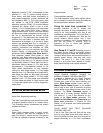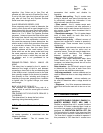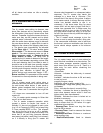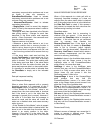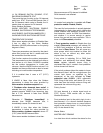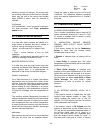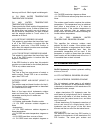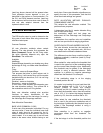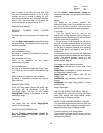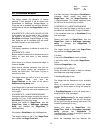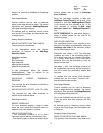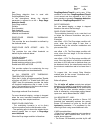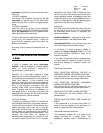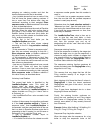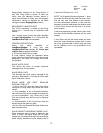Date: 8-4-2010
Revision: 0
Form: 2396
the LL master is not asking for less heat than
this, then the underflow rate is 0%. If it is at this
location and the LL master is asking for 10%
less than the threshold value, then the underflow
rate is -10%. If the last stage is 5% above the
threshold then the underflow rate is 5%.
Rate allocation methods
PARALLEL COMMON BASE LIMITED
Allocation
All stages that are Firing receive the same firing
rate.
Only the Base load common parameter is used
for base loading, the individual slave's base load
values are ignored.
As load increases:
Until all stages are Firing:
No stage is requested to exceed the common
base load rate.
After all stages are Firing:
There is no restriction on the slave's
commanded firing rate.
As load decreases:
As long as all available stages are Firing There
is no restriction on the slave's commanded firing
rate.
When at least one stage has been dropped:
No stage is requested to exceed the common
base load rate.
MODULATING STAGE
Since all Firing stages receive the same rate,
any stage can be considered to be the
modulating stage. The one with the highest
StagingOrder number is considered to be the
modulating stage.
Last stage
The stage with the highest StagingOrder
number is the last stage.
OVERFLOW AND UNDERFLOW
For the Parallel common-base limited the
Base load common parameter provides the
overflow threshold.
For the Parallel common-base limited the
minimum modulation rate provides the underflow
threshold.
Stager
The Stager is an internal program that
determines when slave Solas should turn on as
the need for heat increases, and when they
should turn off as the need for heat decreases.
In all cases:
• The first burner turns on due to the
combination of heat demand (call for heat) and
setpoint demand (operating point falls below the
setpoint minus the on hysteresis).
• The last burner (or all burners) turn off due to
the loss of burner demand which is caused by
either the loss of heat demand (no call for heat)
or the loss of setpoint demand (the operating
point climbs above the setpoint plus the off
hysteresis).
• In between those two extremes the Add-stage
and Dropstage methods determine when staging
occurs. The stager handles burner on and
burner off events. It operates according to this
state transition diagram.
The stager has the following variables:
StagerState: encodes the current state of the
stager.
StagerTimer: multipurpose 1 second timer used
by states which measure time.
StagerTimeLimit: the timeout value for the
StagerTimer
LeadStartup: flag indicating the lead boiler is
starting
AddStageA: the stage being added to those
already firing
Stager Parameters
ADD-STAGE INTERSTAGE DELAY: MM:SS
This specifies the minimum time that the Stager
waits after adding one stage before adding
another stage or dropping a stage.
DROP-STAGE INTERSTAGE DELAY: MM:SS
This parameter specifies the minimum time that
the Stager waits after dropping one stage before
dropping another stage or adding a stage.
Functions common to all stager states
These functions handle overall burner demand
responsibility, and take care of cleaning up any
anomalous conditions.
69



